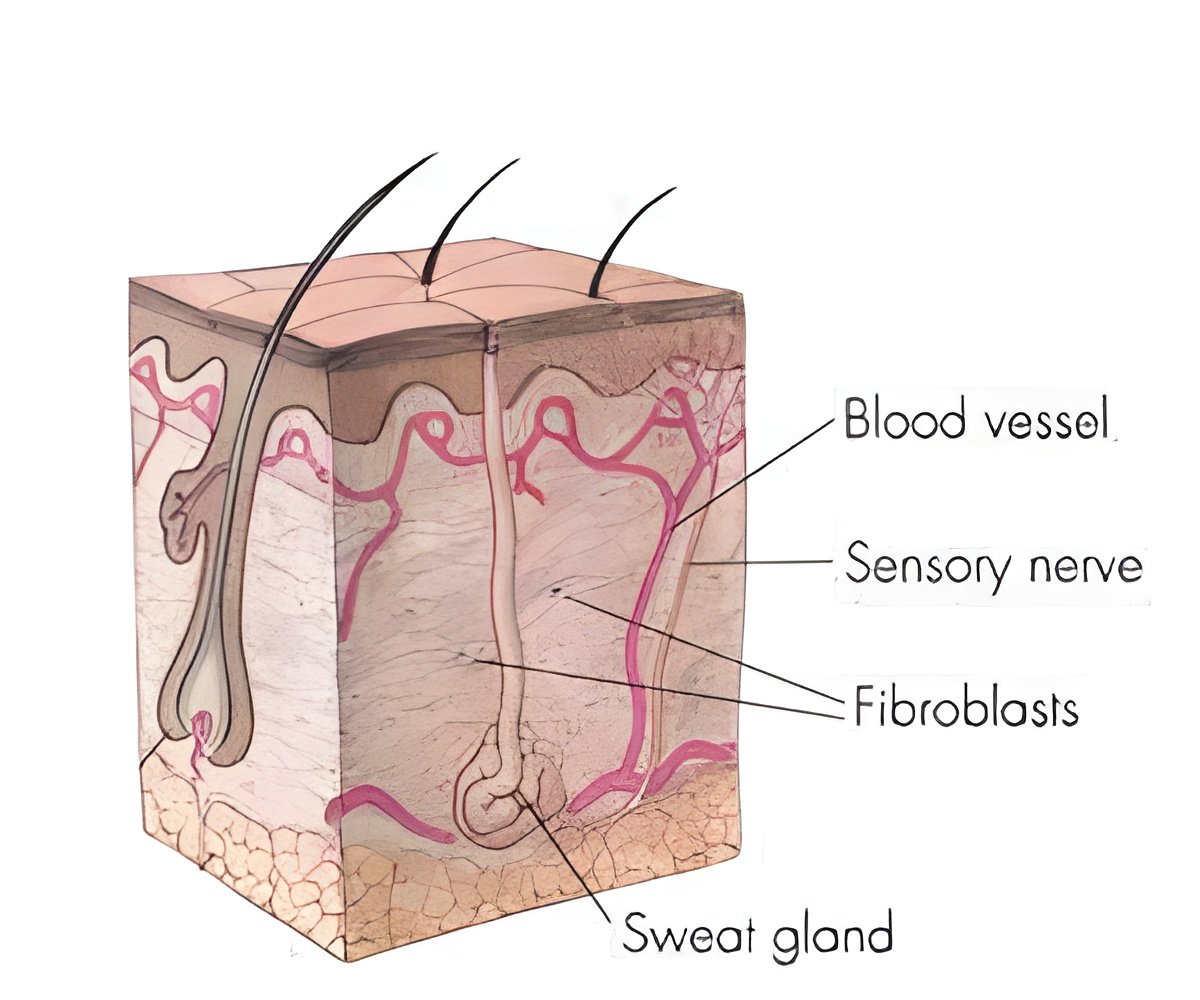
"It is only within the last five years that we've grown to appreciate the central role that squalene (from human skin oil) plays in oxidation chemistry within indoor environments," the report notes. "More than half of the ozone removal measured in a simulated aircraft cabin was found to be a consequence of ozone reacting with exposed, skin, hair, and clothing of passengers."
In the new study, the scientists set out to make the first extensive determinations of cholesterol and squalene in dust in homes and daycare centers and to figure out how these substances affect indoor air pollution. The scientists analyzed dust samples collected from 500 bedrooms of children aged 3-5 and the 151 daycare centers the children attended in the city of Odense, Denmark and its surroundings as part of the Danish Indoor Environment and Children's Health Study.
Among their findings: "Squalene in settled dust contributes, in a small way, to the indoor removal of ozone," reducing indoor ozone levels roughly 2 to 15 percent.
Source-Eurekalert















